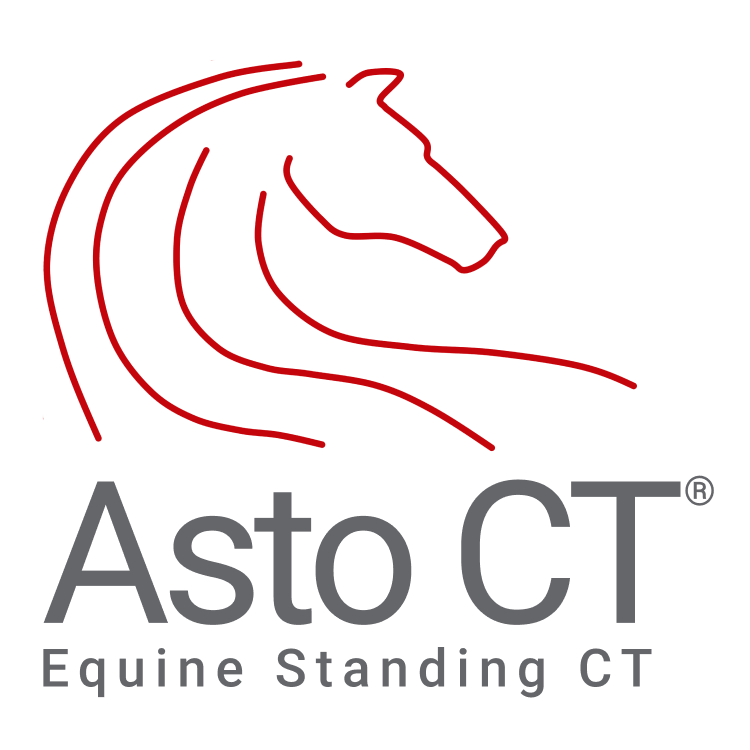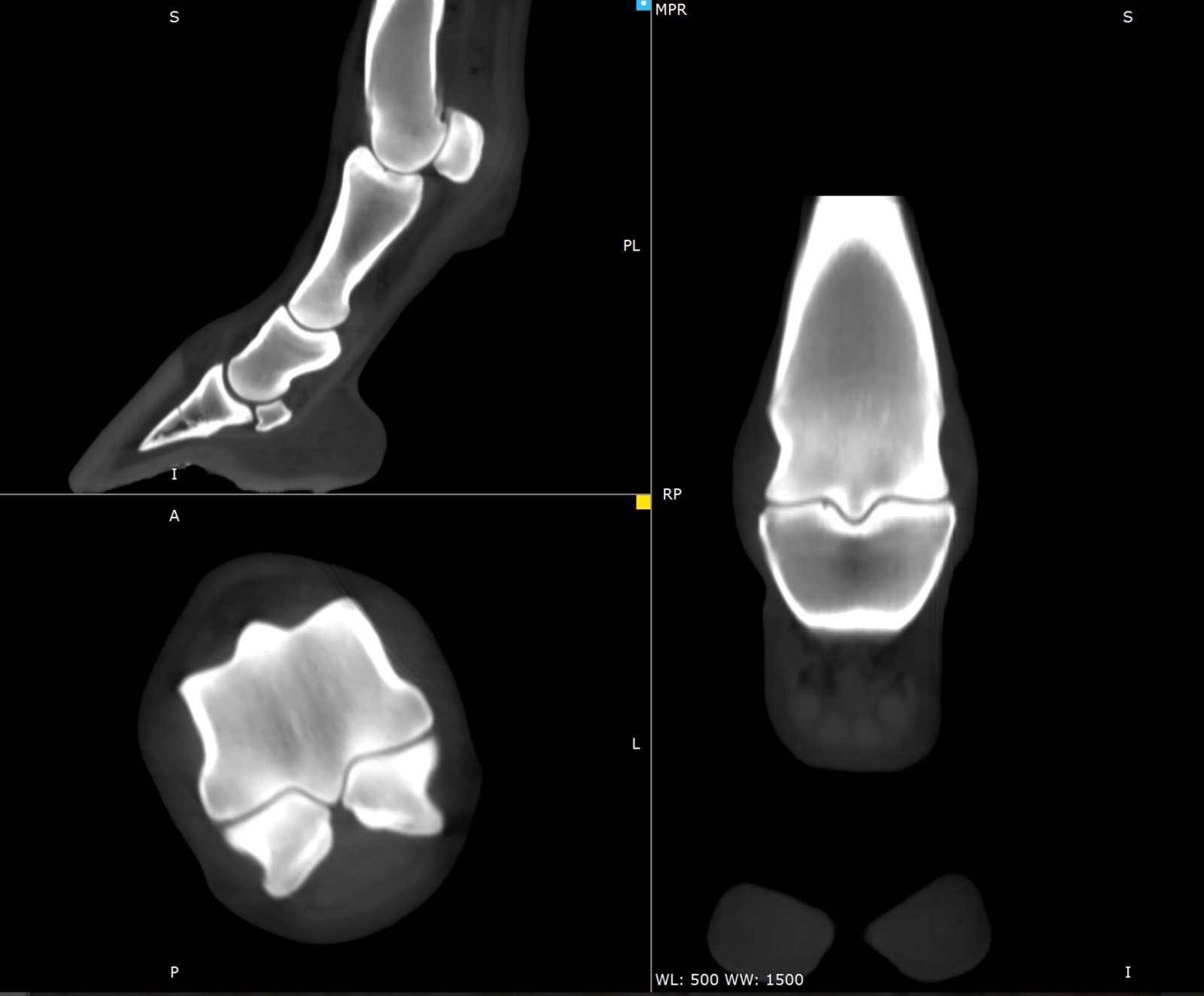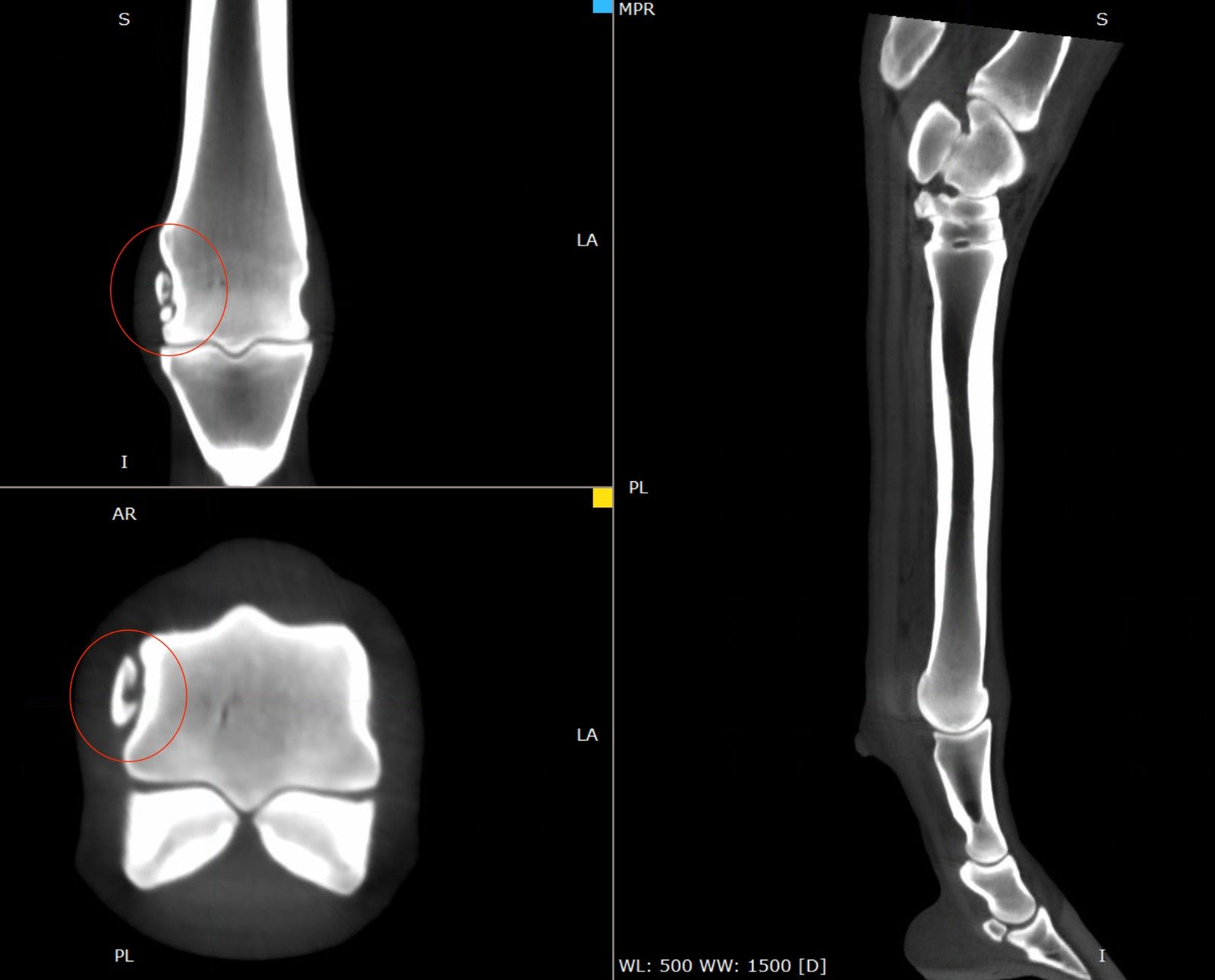Melbourne Cup Safety Milestone: 2024 CT Scans Prevent Injuries, Ensure Zero Fatalities
Introduction
The Melbourne Cup, one of the world's most prestigious horse racing events, has led the way in improving equine safety. Over the past four years, mandatory pre-race weight-bearing CT scans have played a crucial role in preventing injuries and ensuring the well-being of both horses and jockeys. Since the introduction of these protocols by Racing Victoria (RV) in 2021, there have been zero fatalities in the Melbourne Cup—an extraordinary achievement that sets a new standard for the sport.
The Power of Weight-Bearing CT Scans
Before these screening measures were implemented, the Melbourne Cup saw multiple catastrophic injuries. Over a ten-year period, five horses suffered fatal limb fractures—injuries that could have been detected with advanced imaging. This alarming trend prompted Racing Victoria to introduce mandatory CT scans for all competing horses in 2021.
Each horse undergoes scans of front- and hind-limb pairs (all four fetlocks), allowing veterinarians to detect early signs of stress fractures and bone abnormalities. These scans are then evaluated by an independent panel of five equine imaging and surgery experts, ensuring a thorough and objective review.
The results of this initiative speak for themselves:
2022: 40 horses scanned, 3 withdrawn (7.5%)
2023: 52 horses scanned, 5 withdrawn (10%)
2024: 43 horses scanned, 3 withdrawn (7%) (source)
While the number of withdrawals remains low, experts continue refining the screening process to identify potential injuries even earlier.
Picture of TB Racehorse getting front and hind limb pairs scanned.
Zero Catastrophic Injuries: A Groundbreaking Result
Since implementing CT scans, not a single catastrophic injury has occurred in the Melbourne Cup—a stark contrast to past years. This breakthrough demonstrates that proactive screening can save lives while maintaining the sport’s competitive integrity.
One notable success story is Without A Fight, a horse withdrawn from the 2022 Melbourne Cup after CT scans of his distal limbs revealed noticeable variances compared to earlier scans, indicating a heightened risk of injury. While this was a setback, it ultimately ensured his long-term well-being (source). Without A Fight returned stronger than ever in 2023, making history by winning both the Caulfield Cup and the Melbourne Cup (source). His triumph marked the first time in 22 years that a horse claimed the coveted Caulfield Cup-Melbourne Cup double, proving that prioritizing equine welfare can lead to legendary success on the track.
How Weight-Bearing CT Scans Work
Traditional CT scans require horses to be under full anesthesia, limiting their practicality for pre-race screening. In contrast, weight-bearing CT scans allow horses to be scanned while standing naturally under mild sedation.
The scanner captures a limb pair (either front or hind) simultaneously, ensuring an accurate assessment of bone structure under load.
With low radiation dose, handlers can safely remain nearby throughout the process.
Each scan is completed in under 30 minutes, making it efficient for large-scale screenings.
By detecting subtle structural defects before they become serious injuries, this technology is revolutionizing equine sports medicine.
The Future of Equine Safety
The success of CT screening at the Melbourne Cup is setting a global precedent. Racing authorities worldwide are now considering adopting similar protocols to reduce injuries, protect jockeys, and preserve the integrity of the sport.
Moving forward, equine safety will continue to be a shared responsibility among owners, trainers, veterinarians, and racing organizations. With ongoing advancements in diagnostic imaging and veterinary care, the risk of catastrophic injuries will only decrease, ensuring a safer future for racehorses.
CT Images of a variety of horses. Some images show 3D reconstructions.
Conclusion
The Melbourne Cup’s four-year streak of zero fatalities marks a turning point in horse racing safety. Mandatory weight-bearing CT scans have not only saved lives but also demonstrated that prioritizing welfare does not come at the expense of performance.
As Racing Victoria’s success story inspires the global racing community, the hope is that catastrophic injuries will become a thing of the past. With continued innovation and commitment, the Melbourne Cup will remain a symbol of excellence—both in competition and in the care of its equine athletes.






